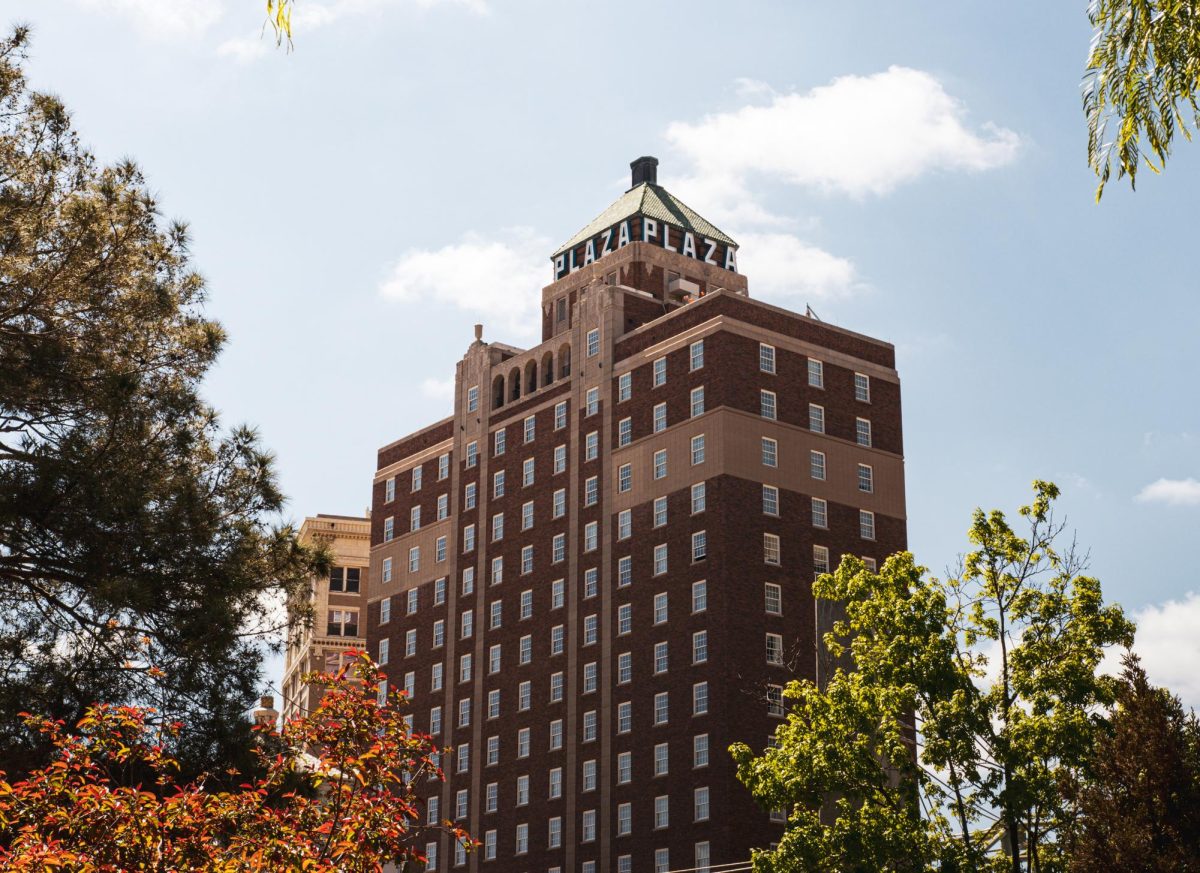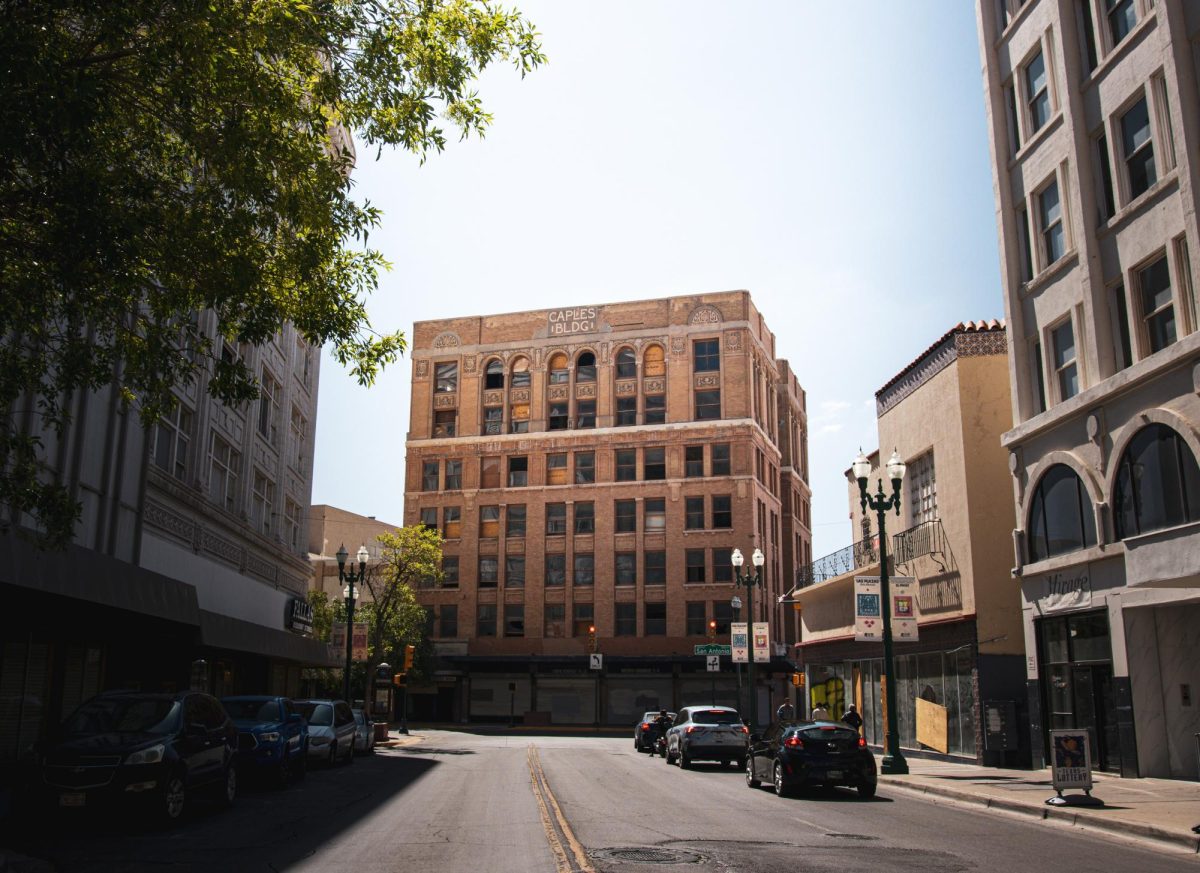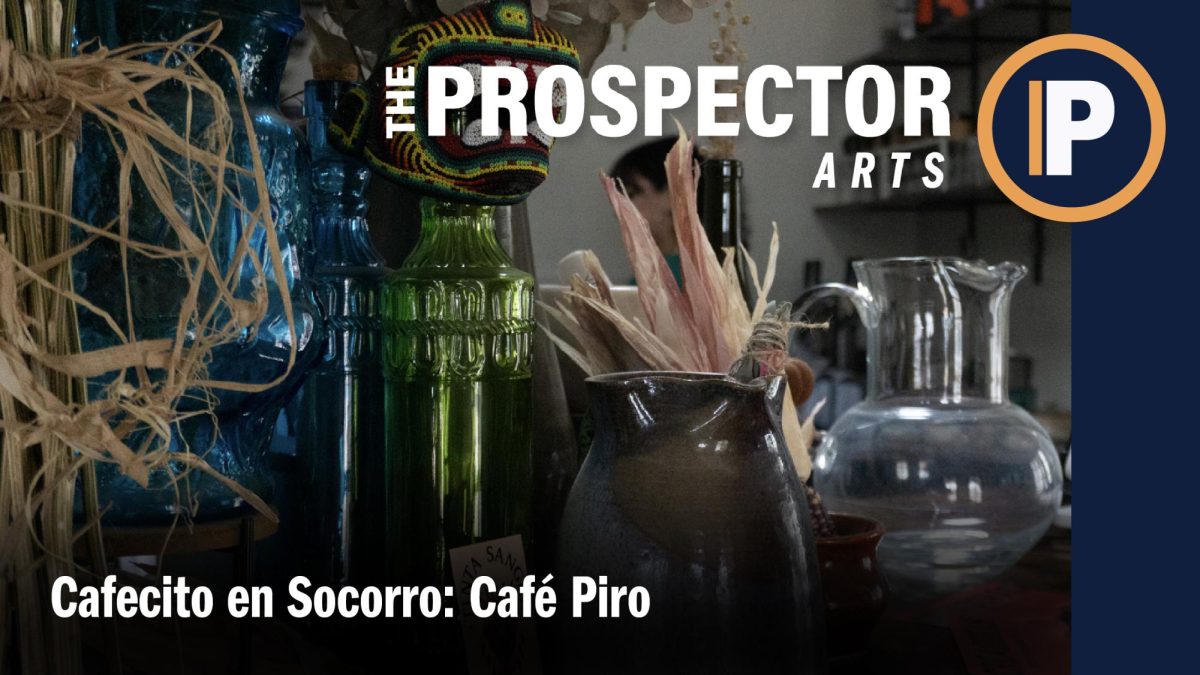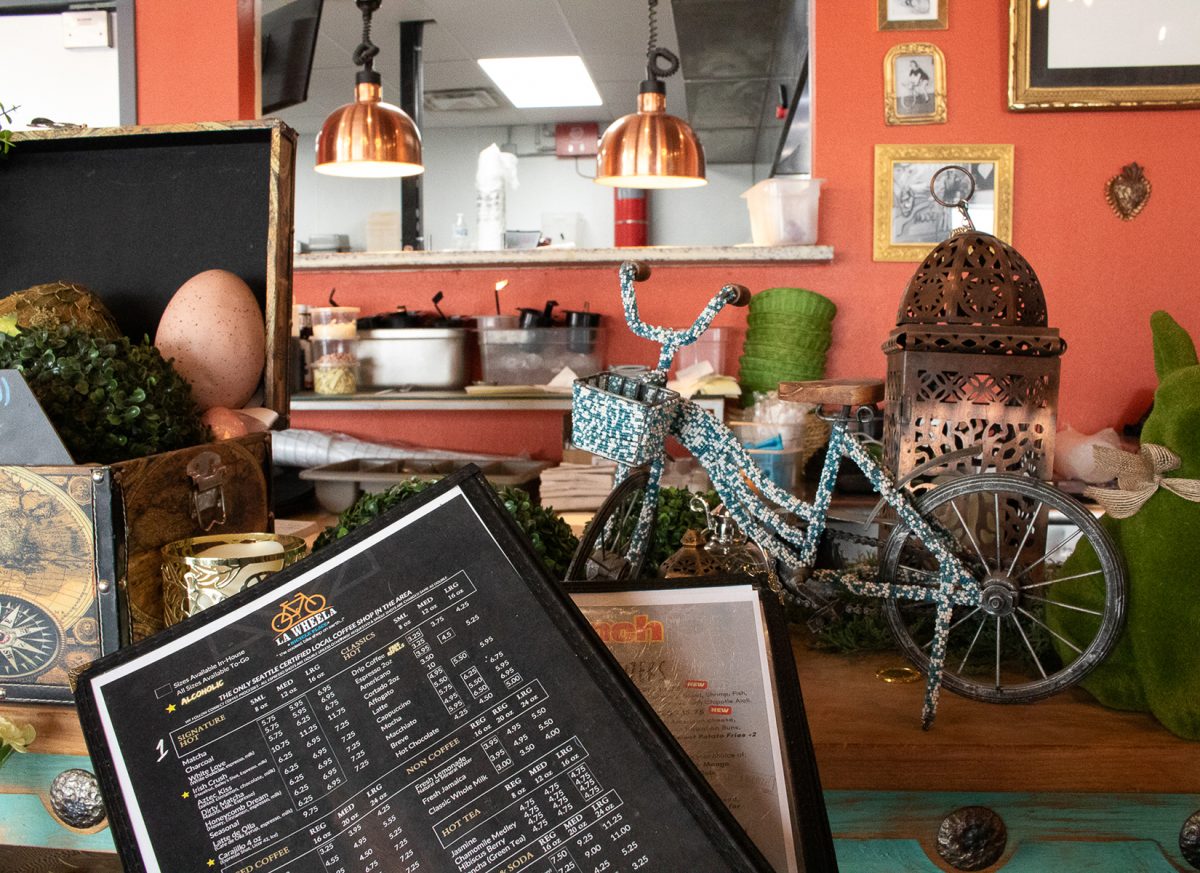Editor’s Note: This is the first part of a three-part series covering architecture in El Paso.
In a city where the present often overshadows the past, El Paso’s historic city line remains a quiet but powerful reflection of its cultural and architectural identity, much of it shaped by early 20th-century architect, Henry Trost.
Trost and his brother Gustavus moved to El Paso in 1903 and went on to transform the city line through their firm, Trost & Trost. Their work left a permanent mark on the downtown landscape, designing signature structures like The Plaza Hotel, the O.T. Bassett Tower, the White House Department Store Building, Hotel Paso del Norte, the Martin Building, and Hotel Cortez.
More than a century later, Trost’s architectural legacy continues to influence how residents experience and interpret El Paso, even though many of his creations are at risk of being lost to time, redevelopment, or neglect. Edgar Lopez, a local architect with more than 30 years of experience, is in favor of preservation of the architecture.
“I’m so glad that we, as the city, are preserving this architecture because it’s so important for the legacy of future generations,” Lopez said. “He (Trost) mainly did Art Deco and Chicago Style, but he was also excelling in so many different styles.”
Lopez, who leads In*Situ Architecture, has become a key figure in downtown preservation efforts. When he opened his office downtown in 2012 many historic buildings sat vacant, the streets quiet and foot traffic sparse. Since then, a wave of restoration and investment has revived parts of the district, but not without tension.
“I think as a community, the only thing that makes us different is arts, and architecture is part of it. If we don’t preserve our history, we’re lost, we don’t know who we are later on,” Lopez said.
While some buildings downtown have been brought back to life, many others remain vacant and overlooked. Structures like the Abdou Building, the State National Bank Building, the Singer Sewing Company Building, the Roberts-Banner Building and the Caples Building all carry the distinct mark of Henry Trost yet stand underused or forgotten.
For every building that still bears his name, there are likely dozens more designed by other architects whose contributions to El Paso’s identity have faded from memory. Their buildings, once symbols of civic pride and economic growth, now sit quietly, waiting for recognition, reuse, or, in many cases, rescue.
“We started getting so much work renovating buildings downtown that we’ve become the architects that do historic preservation by default because we love that. But then we were the only ones doing historic preservation, and suddenly, we’ve developed that skill. But it’s tough. It’s very difficult and very time-consuming,” Lopez said.
The meaning behind these buildings resonates with younger generations as well. Steven Terrazas, a University of Texas at El Paso (UTEP) student with a concentration in civil engineering, says the detail in older buildings caught his attention.
“There’s a kind of art in these buildings that you don’t see in newer ones,” Terrazas said. “The colors, the textures. They have character. I think that’s what’s being lost in new modern buildings.”
The admiration of an everyday pedestrian is part of what makes El Paso’s architectural legacy so unique. Unlike in larger cities where historic buildings often blend into the background, El Paso’s downtown still allows people to slow down, look up at the buildings, and feel the connection between the city’s past and present.
As city leaders weigh plans for downtown, including infrastructure upgrades and potential new construction, advocates say now is the time to define what kind of growth El Paso wants.
El Paso stands at a crossroads between revival and reinvention; its historic buildings offer more than just visual charm; they serve as cultural anchors in a rapidly changing landscape. Whether seen through the eyes of a seasoned architect or a curious pedestrian, these structures remind us that the story of a city is written not only in its future but in the bricks, arches and details of its past.
SalmaPaola Baca is a staff photographer and may be reached at [email protected] and on Instagram @bysalmapaola.










Dalila • Apr 15, 2025 at 11:05 AM
I no longer live there but I love coming to see and stay where we have such great memories. I even remember when they had live alligators in the fountain at the plaza de los lagartos. Before people started hurting them